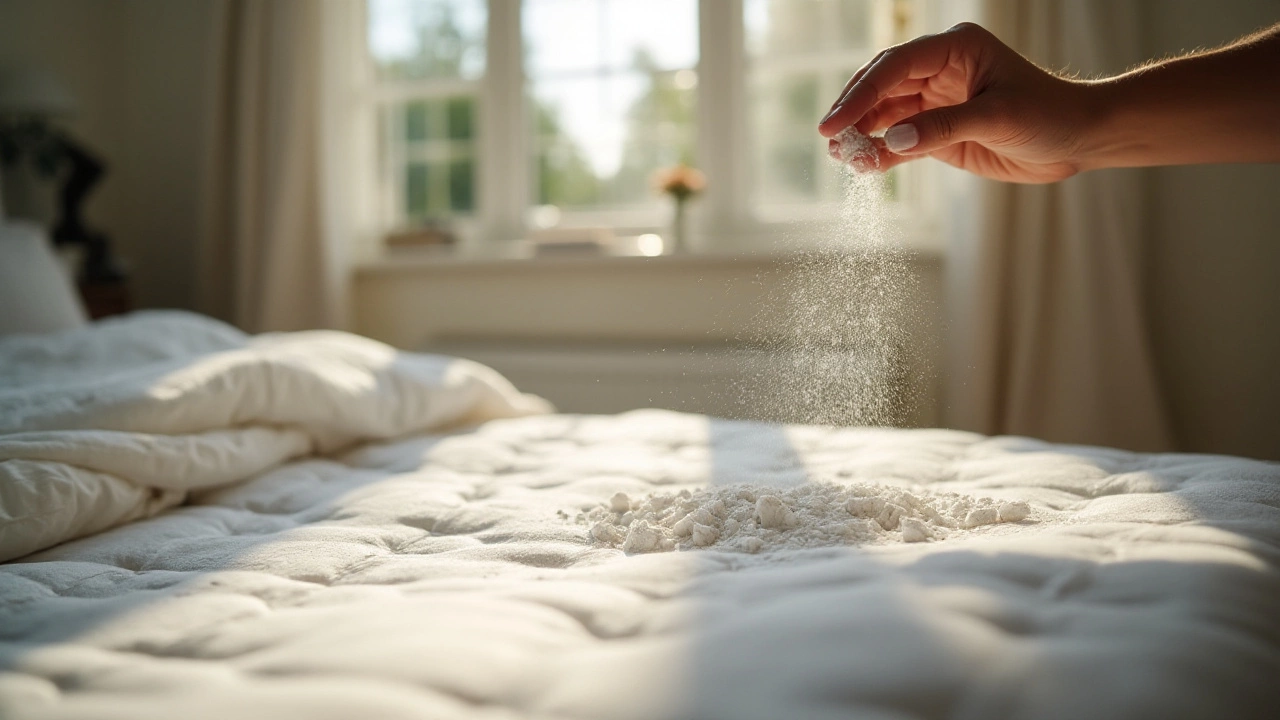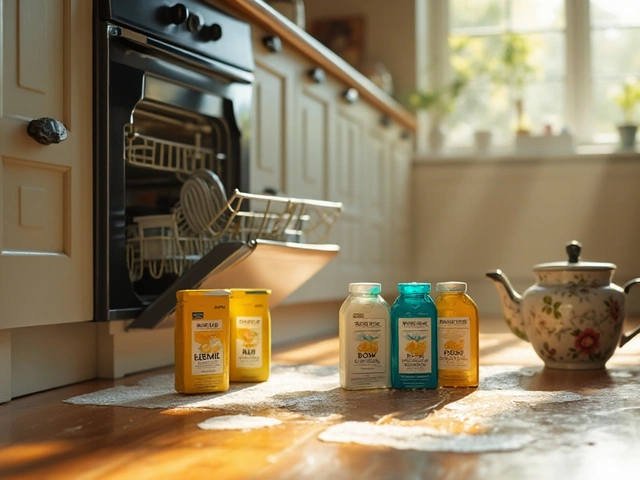Eliminate Smells: Fresh Solutions for Every Room
When you want to eliminate smells, remove unwanted odors from indoor spaces using safe, effective methods, you’re tackling a common home issue. Also known as odor removal, the process of neutralising or masking unpleasant scents, it often starts with natural cleaners, DIY solutions made from baking soda, vinegar, citrus, and essential oils. Keeping the kitchen hygiene, regular cleaning of appliances and surfaces in check prevents buildup that fuels stubborn odors. A focused oven cleaning, deep removal of grease and food residue inside the oven routine is a key part of that strategy. Below you’ll find practical tips that link these ideas together.
Why odor removal matters for every room
Home odors don’t stay put; they travel on air currents and linger on fabrics, carpets, and even walls. A lingering smell can signal hidden mold, lingering pet dander, or forgotten spills. Recognising the source is the first attribute of effective elimination: source identification. Once you pinpoint whether the culprit is a cooking spill, a damp basement, or a lingering perfume, you can choose the right method. This connection—source identification influences the choice of cleaning technique—creates a clear roadmap for any homeowner.
Natural cleaners bring three core attributes to the table: non‑toxicity, affordability, and versatility. Baking soda acts as a pH buffer that lifts grease and neutralises acids, while vinegar dissolves mineral deposits and cuts through grime. Citrus oils add a pleasant scent and have antimicrobial properties. When combined, these ingredients create a solution that tackles grease, burnt‑on food, and sour smells without harsh chemicals. Using a 1:1 vinegar‑water mix inside a hot oven for 15 minutes can vaporise stubborn odors, making the interior feel fresh without scrubbing.
Oven cleaning uniquely contributes to odor elimination because the oven is a hotspot for baked‑on residue that releases fumes every time you heat it. A typical deep‑clean routine includes a pre‑heat step, a paste of baking soda and water applied to the interior, a waiting period of several hours, and a final wipe with a vinegar‑water spray. The heat activates the paste, loosening carbon buildup; the vinegar rinse neutralises lingering acids. This process not only restores the oven’s efficiency but also removes the source of lingering burnt smells that can seep into the kitchen air.
Ventilation is the silent partner in any odor‑elimination plan. Opening windows, using extractor fans, and strategically placing portable air purifiers accelerate the removal of airborne particles. An effective ventilation setup creates a pressure gradient that pushes odorous air out and pulls fresh air in. Pair this with absorbent materials—like charcoal bags, activated bamboo charcoal, or a bowl of coffee grounds—to trap lingering molecules that linger after cooking sessions.
When you combine natural cleaners with diligent kitchen hygiene, the results compound. Wiping down countertops with a lemon‑vinegar spray after meal prep prevents food residues from drying and turning smelly. Cleaning the fridge shelves with a baking soda solution stops sour smells from old produce. Regularly cleaning the dishwasher filter stops a musty smell from spreading to plates. Each of these steps reinforces the other, creating an ecosystem where odors struggle to gain a foothold.
Eco‑friendly products play a role beyond safety—they support sustainability and reduce indoor chemical load. Products certified by reputable green standards avoid synthetic fragrances that can mask rather than eliminate odors, providing a true neutralising effect. By opting for biodegradable wipes or reusable microfiber cloths, you keep the environmental impact low while maintaining a spotless and fresh environment.
All these pieces—source identification, natural cleaners, strategic oven cleaning, ventilation, and eco‑friendly habits—form a complete toolkit for tackling unwanted smells. Below the line, you’ll find a curated selection of guides that dive deeper into each technique, offering step‑by‑step instructions, safety tips, and real‑world examples to help you put the plan into action.





